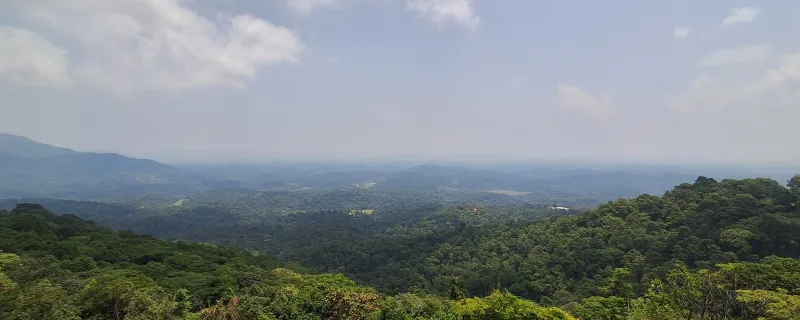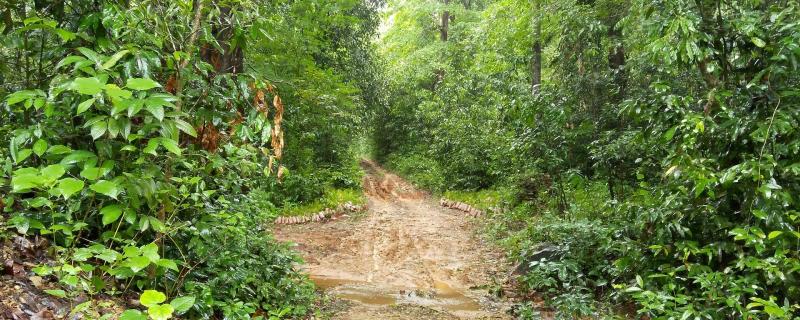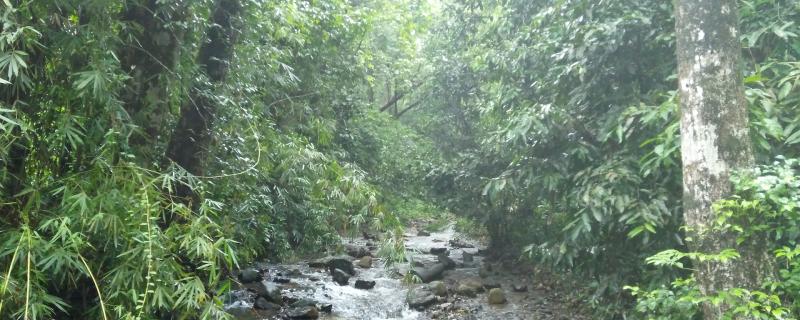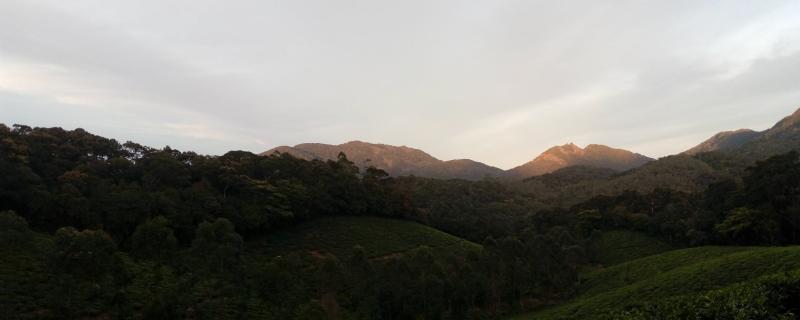IISc researhers have developed a Natural Resource Rich Regions ranking method to identify and rank areas rich in natural resources, crucial for effective conservation and sustainable development.
A new review reveals that rising global temperatures, increased pollution, and extreme weather events are driving a global surge in eye diseases, disproportionately affecting vulnerable communities and challenging healthcare systems.
Roorkee/




![Savanna grasslands of Africa. [Image Credits: Calle v H / CC BY 2.0 via Wikimedia Commons] A new mathematical model explains how seed dispersal maintain savanna and forest biomes](/sites/researchmatters/files/styles/large_front_800x320/public/suma11.jpg?itok=JOtyVjsU)

